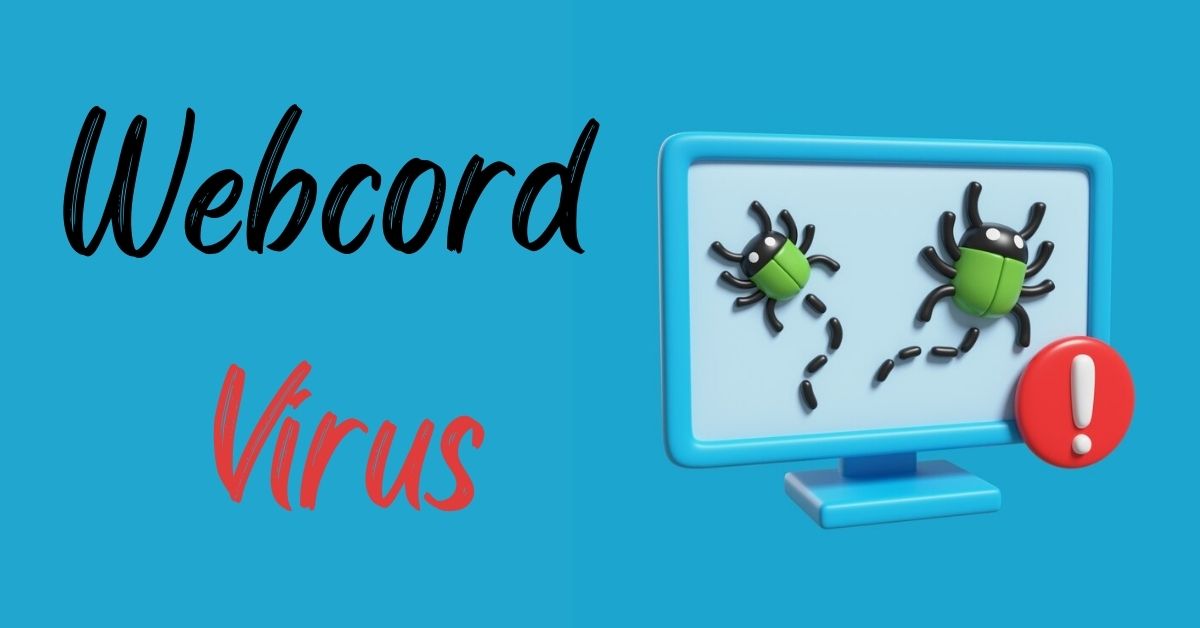In today’s digital age, viruses like the Webcord Virus pose significant threats to our online safety. Understanding what this virus is, how it spreads, and how to protect yourself from it is crucial. This article aims to provide a thorough overview of the Webcord Virus, offering practical advice on detection, removal, and prevention.
What is Webcord Virus?
The Webcord Virus is a type of malware designed to infiltrate and compromise systems. It often targets specific vulnerabilities within software or operating systems, leading to various forms of disruption. The origins of Webcord Virus are rooted in cybercriminal activity, with the intent to exploit infected systems for malicious purposes.
History and Evolution
Initially, Webcord Virus appeared in relatively simple forms, primarily targeting individual users. Over time, it has evolved, becoming more sophisticated and capable of affecting larger networks and businesses. The evolution of Webcord Virus reflects broader trends in malware development, with increasing complexity and adaptability.
Symptoms of Infection
Recognizing the symptoms of a Webcord Virus infection is essential for timely intervention. Common signs include unusual system behavior, slow performance, and unexpected pop-ups or advertisements. Identifying these symptoms early can help prevent more severe damage.
How Webcord Virus Spreads
Webcord Virus can spread through various channels, including malicious email attachments, infected websites, and compromised software downloads. Understanding these transmission methods can help users take proactive measures to protect their systems.
Impact on Systems
The Webcord Virus can have severe consequences for both personal and professional data. It may lead to data loss, unauthorized access to sensitive information, and disruption of business operations. The impact can be far-reaching, affecting not only individual users but also entire organizations.
Detection and Diagnosis
Detecting a Webcord Virus requires the use of specialized tools and methods. Anti-virus software and malware scanners can help identify the presence of this virus. Running regular diagnostic checks is crucial for maintaining system security and preventing infections.
Prevention Strategies
Preventing Webcord Virus infections involves adopting robust cybersecurity practices. This includes keeping software up-to-date, using strong passwords, and avoiding suspicious links or attachments. Regular backups and security updates are also essential components of a comprehensive prevention strategy.
How to Remove Webcord Virus
If your system is infected with Webcord Virus, follow these steps for removal:
- Run a Full System Scan: Use reputable anti-virus software to detect and remove the virus.
- Remove Suspicious Files: Delete any files or programs identified as malicious.
- Update Your Software: Ensure all software is up-to-date to close any vulnerabilities.
- Change Your Passwords: Update passwords for accounts that may have been compromised.
What to Do After Removal
Once the Webcord Virus is removed, take the following steps to secure your system:
- Restore Your Data: Reinstall any affected programs and restore data from backups.
- Monitor System Activity: Keep an eye on your system for any signs of residual issues.
- Enhance Security Measures: Implement additional security measures to prevent future infections.
Case Studies
Examining real-world examples of Webcord Virus attacks provides valuable insights into its effects and prevention strategies. These case studies highlight the importance of vigilance and proactive measures in combating malware.
Legal and Ethical Considerations
The Webcord Virus raises various legal and ethical issues. From legal repercussions for perpetrators to ethical considerations regarding malware use, understanding these aspects is crucial for responsible cybersecurity practices.
Future Outlook
As malware continues to evolve, so too will the Webcord Viru’s. Keeping abreast of future developments and advancements in cybersecurity will be key to staying protected against emerging threats.
Conclusion
The Webcord Virus represents a significant challenge in the realm of cybersecurity. By understanding its nature, recognizing symptoms, and implementing effective prevention and removal strategies, you can safeguard your systems and data against this and other similar threats.
FAQs
What is Webcord Viru’s?
Webcord Virus is a type of malware designed to compromise and damage computer systems, often by exploiting vulnerabilities.
How can I tell if I have Webcord Viru’s?
Symptoms include unusual system behavior, slow performance, and unexpected ads or pop-ups. Running a diagnostic scan can confirm the presence of the virus.
What should I do if my system is infected?
Run a full system scan with anti-virus software, remove suspicious files, update your software, and change your passwords.
How can I prevent Webcord Virus infections?
Adopt good cybersecurity practices such as regular software updates, using strong passwords, and avoiding suspicious emails or links.
Are there long-term effects after removing Webcord Viru’s?
Post-removal, it’s important to monitor your system for any residual issues and enhance security measures to prevent future infections.











